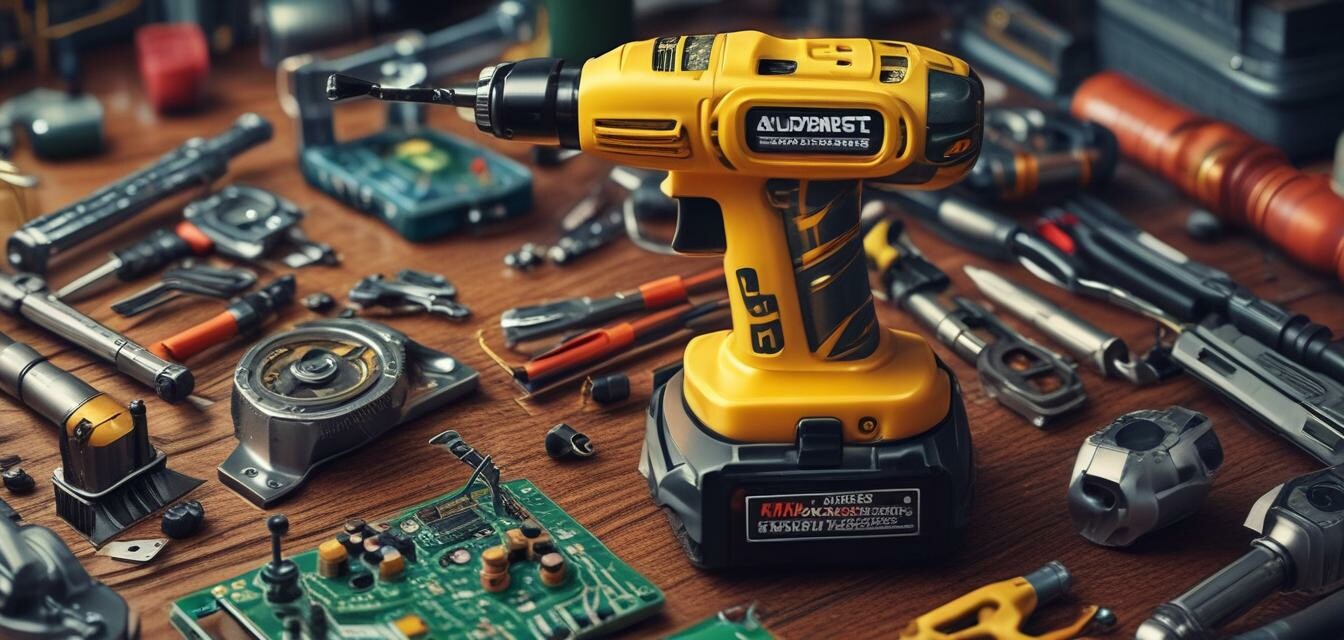
The impact of smart technology on power tools
Key takeaways
- Smart technology enhances efficiency and precision in power tools.
- Users can benefit from remote access and automation features.
- Data analytics help users maintain tools and improve performance.
- Smart tools are shaping the future of DIY and professional projects.
The world of power tools is on the brink of a significant revolution, with the introduction of smart technology transforming how contractors and DIY enthusiasts approach their projects. Smart power tools integrate innovative technology to improve user experience, offer enhanced safety features, and increase efficiencies. In this article, we will analyze how smart technology influences the portable power tools landscape.
What is smart technology?
Smart technology refers to tools and devices equipped with digital features that allow them to connect and communicate with other devices or networks. These tools often utilize features like IoT (Internet of Things), Bluetooth, and AI (Artificial Intelligence) to elevate user experience and workflow.
Examples of smart technology in power tools
- Wireless connectivity for remote control
- Automated notifications for maintenance requirements
- Integrated sensors for improved safety
- Data logging for performance monitoring
Benefits of smart power tools
Smart power tools introduce numerous advantages for users. Here’s a thorough look at how they can elevate your work quality:
| Benefit | Description |
|---|---|
| Increased Efficiency | Smart tools streamline tasks through automation, leading to faster project completion. |
| Enhanced Safety | Built-in sensors can detect overheating, drop impacts, and unauthorized use, helping to prevent accidents. |
| Remote Monitoring | Users can check tool status, battery life, and receive alerts from their smartphone. |
| Performance Tracking | Data analytics provide insight into tool performance, helping users maintain their equipment. |
Challenges of integrating smart technology
Despite the many benefits, the integration of smart technology into power tools comes with its own set of challenges:
Pros
- Higher precision and control in tool usage.
- Faster identification of maintenance needs.
- Enhanced functionality through software updates.
Cons
- Higher upfront costs for smart tools.
- Dependence on connectivity; issues may arise in low-signal areas.
- Potential security risks associated with data sharing.
The future of power tools
As technology continues to advance, the fusion of smart technology with traditional power tools will likely grow stronger. Innovations could include:
- Improved battery technology
- Advanced AI for predictive maintenance
- Integration with voice assistants for hands-free operation
- Smart assistants to guide users through complex tasks
Staying informed on smart power tools
In this rapidly evolving technological landscape, staying updated is crucial. Our News and Trends section provides valuable insights about emerging technologies, product launches, and trends in the world of power tools.
Conclusion
The integration of smart technology into power tools marks an exciting chapter in the industry. With improvements in efficiency, safety, and maintenance, these tools are reshaping how we approach both professional and DIY projects. Staying updated on these advancements ensures that you can make informed choices about the tools that will best serve your needs.
Tips for beginners
- Start with basic smart tools to familiarize yourself with their features.
- Invest time in software training for tool management.
- Join online communities to stay updated on trends and best practices.
